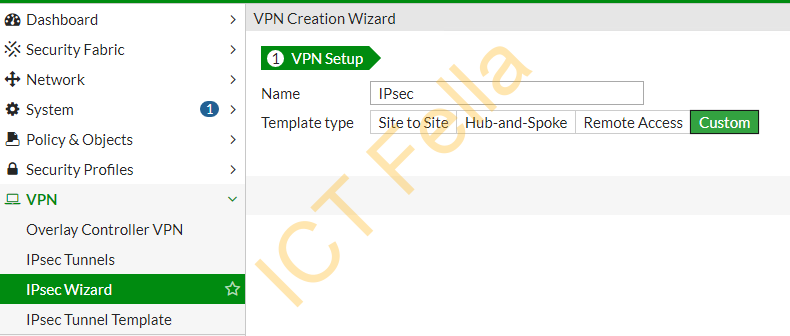


UPDATE: In a statement provided to The Hacker News, the company said: “The security of our customers is our first priority. Smaller businesses require leaner, seamless, easy-to-use security products that may be less flexible, but provide much better basic security.”

“These types of businesses require near enterprise-grade security these days, but do not have the resources and expertise to maintain enterprise security systems. “The Fortigate issue is only an example of the current issues with security for the small-medium businesses, especially during the epidemic work-from-home routine,” Hertz and Tashimov noted. It is recommended to purchase a certificate for your domain and upload it for use.” To achieve this, the researchers set up a compromised IoT device that’s used to trigger a MitM attack soon after the Fortinet VPN client initiates a connection, which then steals the credentials before passing it to the server and spoofs the authentication process.Ĭurrently, Fortinet provides a warning when using the default certificate: “You are using a default built-in certificate, which will not be able to verify your server’s domain name (your users will see a warning). “The Fortigate SSL-VPN client only verifies that the CA was issued by Fortigate (or another trusted CA), therefore an attacker can easily present a certificate issued to a different Fortigate router without raising any flags, and implement a man-in-the-middle attack.” “We quickly found that under default configuration the SSL VPN is not as protected as it should be, and is vulnerable to MITM attacks quite easily,” SAM IoT Security Lab’s Niv Hertz and Lior Tashimov said. Now according to network security platform provider SAM Seamless Network, over 200,000 businesses that have deployed the Fortigate VPN solution-with default configuration-to enable employees to connect remotely are vulnerable to man-in-the-middle (MitM) attacks, allowing attackers to present a valid SSL certificate and fraudulently take over a connection. As the pandemic continues to accelerate the shift towards working from home, a slew of digital threats have capitalized on the health concern to exploit weaknesses in the remote work infrastructure and carry out malicious attacks.


 0 kommentar(er)
0 kommentar(er)
